Green Engineering for Global Environment lab aims to contribute United Nations SDGs (Sustainable Development Goals) achievement by developing engineering technologies, especially focuses on Goal 7: Affordable and Clean Energy, Goal 13: Climate Action, Goal 14: Life on Land, Goal 15:Life below Water. Our important perspective is to design the sustainable “nexus”, the interlinkage between Goals and targets, and we aim to inclusively optimize Social-Ecological Systems with multi temporal and spatial scales inb terms of “sustainable use of ecosystem services and biodiversity conservation towards establishing a harmonious society with nature. For our main technologies and tools, we have two main pillars;
(1) the mathematical process models of climate, ecosystems and society, and
(2) data science and artificial intelligence technology represented by machine learning. We are looking forward to your join.
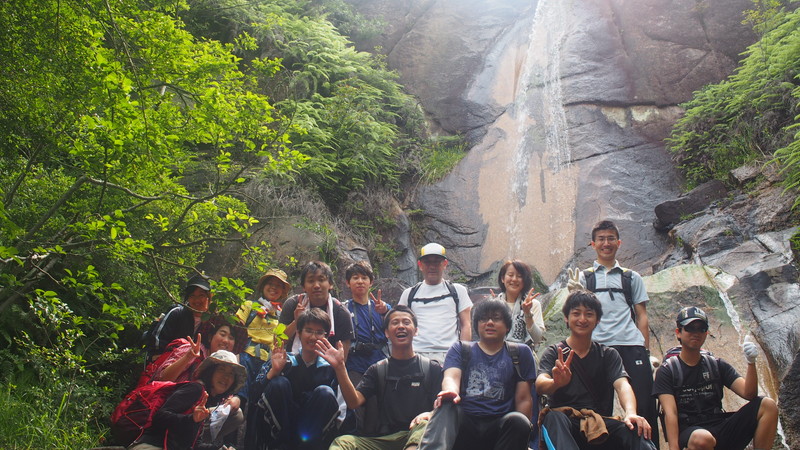
For the maintenance of the environmental capacity, balance, and negotiation between the industrial activities and the natural environment, while considering the long term effects, is required. Because of that, it is necessary to understand and prepare for the effects caused by the dynamic characteristics of activities that sustain urban development, such as the emissions from mining, production, consumption, and disposal. Therefore, concerning the supply chain and lifeline issues, we develop methods to accelerate risk assessment of large amounts of chemical substances, estimate triggers and the effects on the human health and the environment of chemical substances released during natural disasters, ultimately, a risk assessment focused on the integrity of the ecosystems and the society. We conduct cross-disciplinary research, including the environmental impact assessment (life cycle assessment/LCA) of resource recycling of rare metals, due to the expansion of electric vehicles, among others, ultimately addressing the ever-growing societal risks associated with the development of industrial activities.
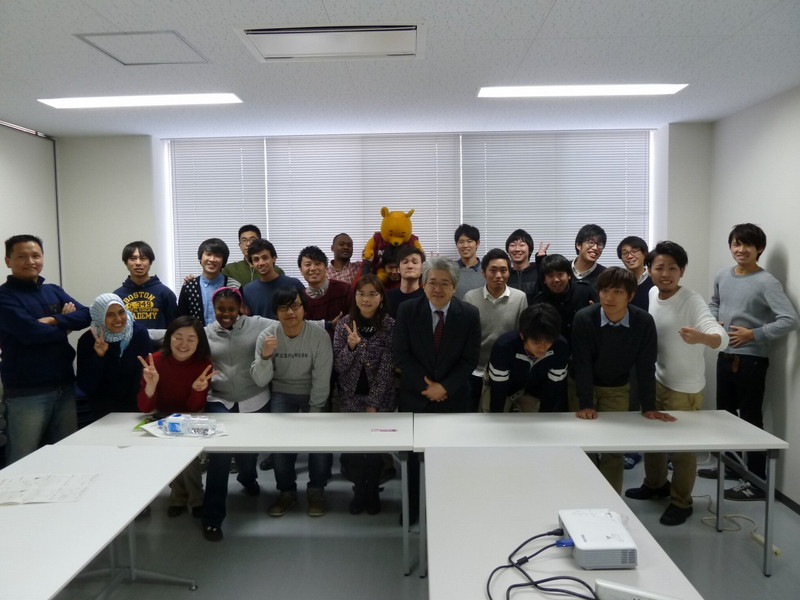
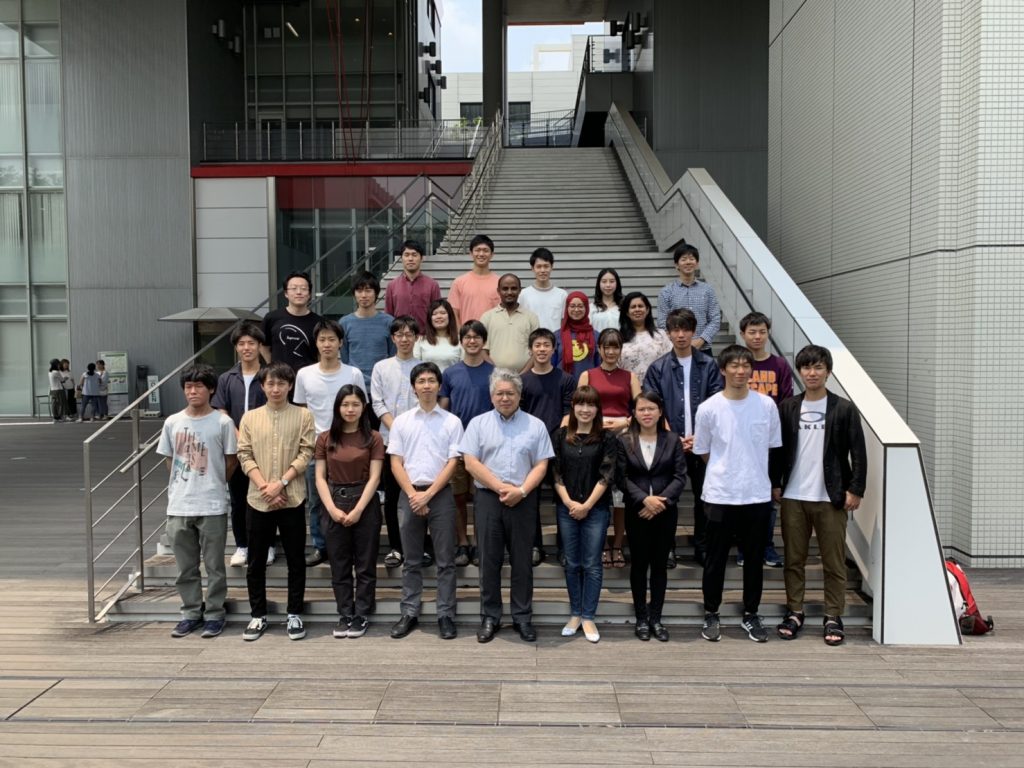
Our laboratory performs the research on the dynamics of heat, water and various pollutants in the environmental media such as atmosphere, sea, fresh water, sediment and soil for the multi-scale from indoor to global. Our objective is to estimate the impact of human activities on our lives and ecosystem, and to develop sustainable environmental technologies for creating a beneficial environment. Our research is based on three principles: Monitoring, Modeling and Management.
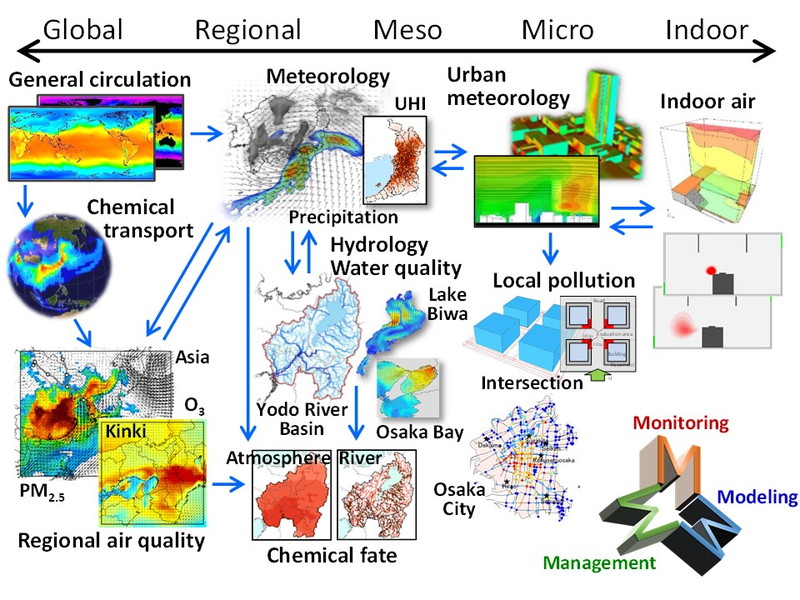
Our goal is to achieve sustainable urban development where the natural environment and human society coexist harmoniously. To accomplish this, we aim to gain insights into the relationship between humans, the environment, and nature, unravel the mechanisms of urban spaces and environments, and explore planning and design methodologies. By doing so, we strive to foster a sustainable urban environment that supports the coexistence of nature and human society.
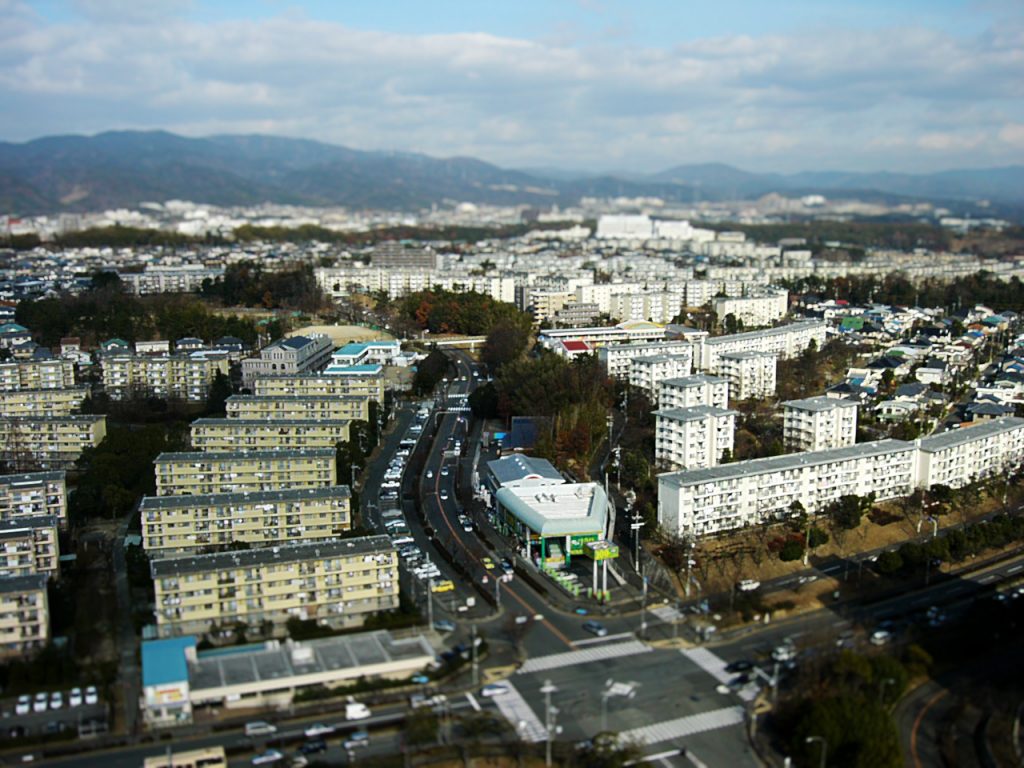
Aiming to realize Society 5.0—an ultra-smart society—we are developing methodologies for environmental design that comprehensively integrate the relationships among humans, artifacts, and nature. In parallel, we pursue the advancement of environmental design systems through the sophisticated use of information and communication technologies (ICT), including AI, and engage in research and education in environmental informatics from a comprehensive engineering perspective.
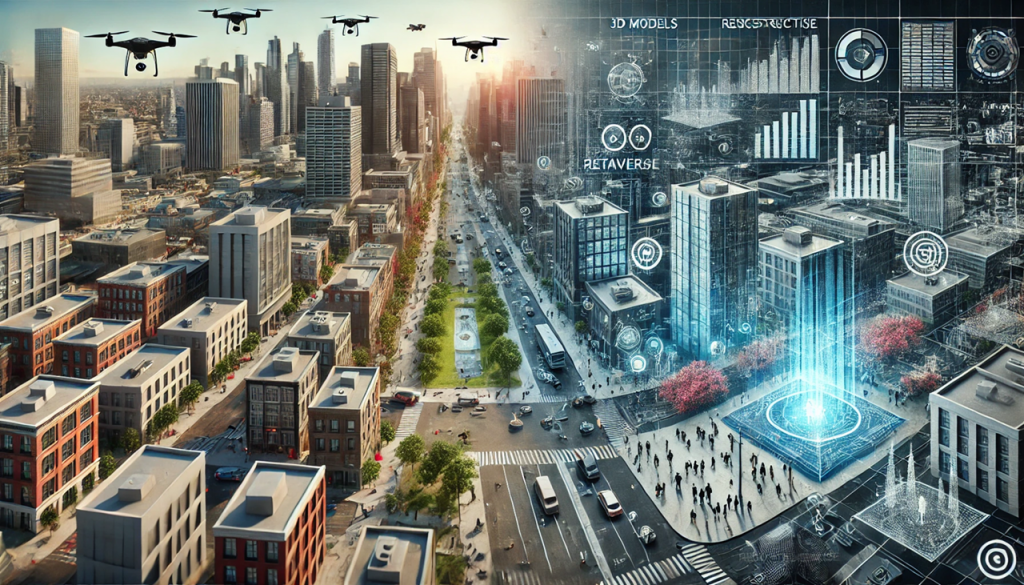
Our laboratory focuses on science and technology for environmental conservation and purification as well as recovery of energy and resources from wastes/wastewaters using functions of microorganisms and plants. Biological technologies are ideal options as environmental technology due to the advantages of low cost, low energy and resource saving, and high environmental adaptability. Moreover, because microorganisms and plants can be recognized as renewable resources, i.e. biomass, it may be possible to develop a co-benefit process where environmental conservation and purification is linked to resource recovery/production. Our lab is developing a wide variety of techniques to solve the environmental problems just like a “supermarket” of environmental technologies.
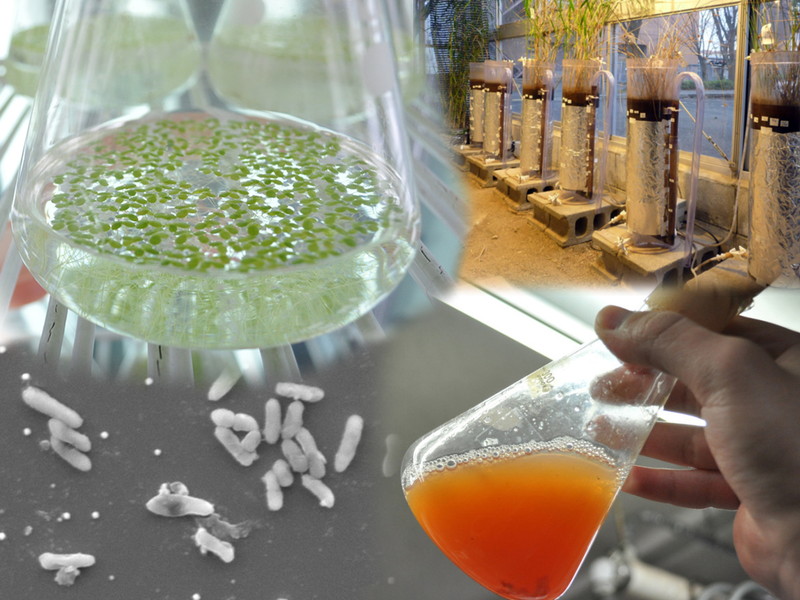
The energy-demand side is vitally important while performing an analysis of our energy system. The main themes investigated by this laboratory are the urban energy metabolism, evaluation of heat system performance, modeling and management of energy demand, and active utilization of energy demand in smart grids.
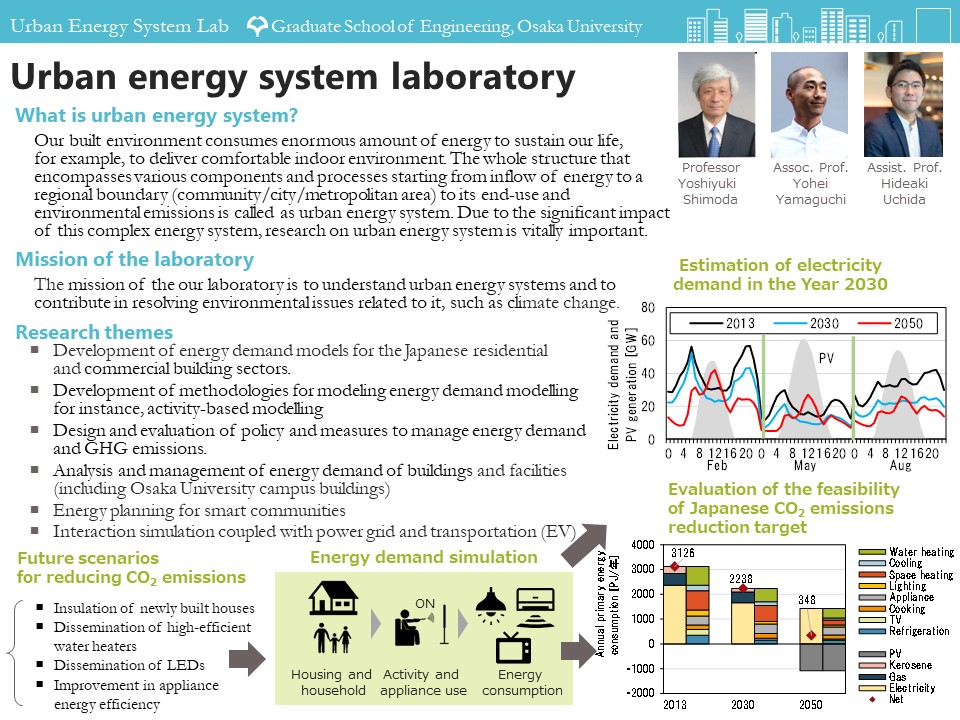
Top